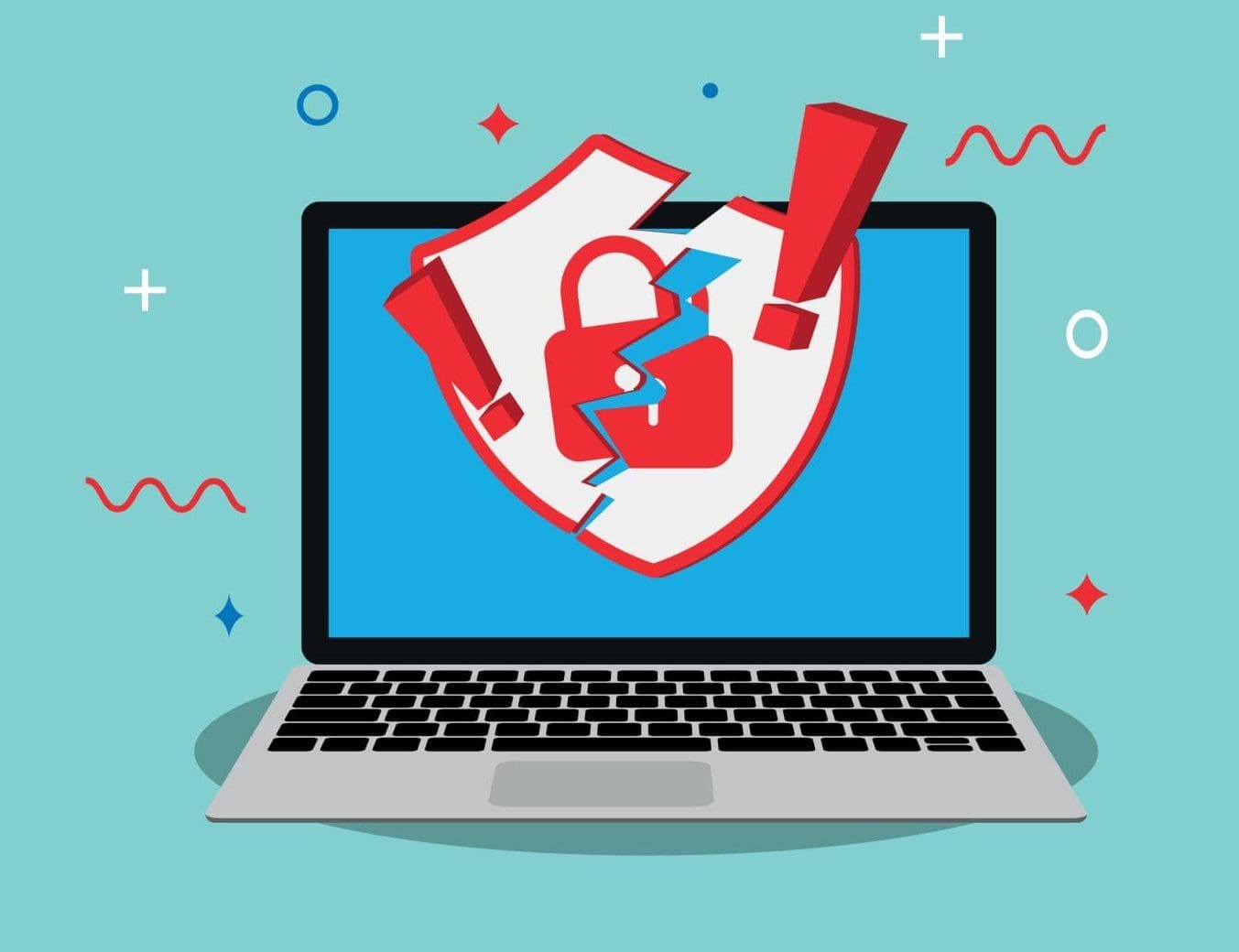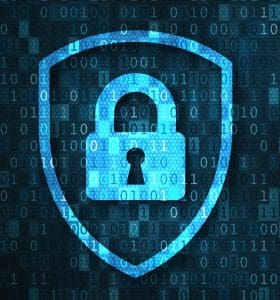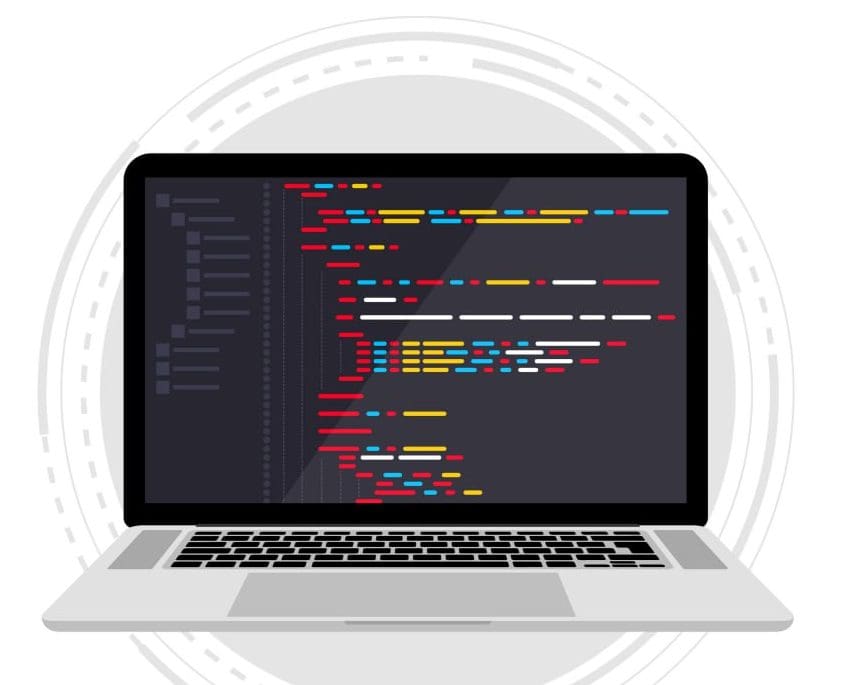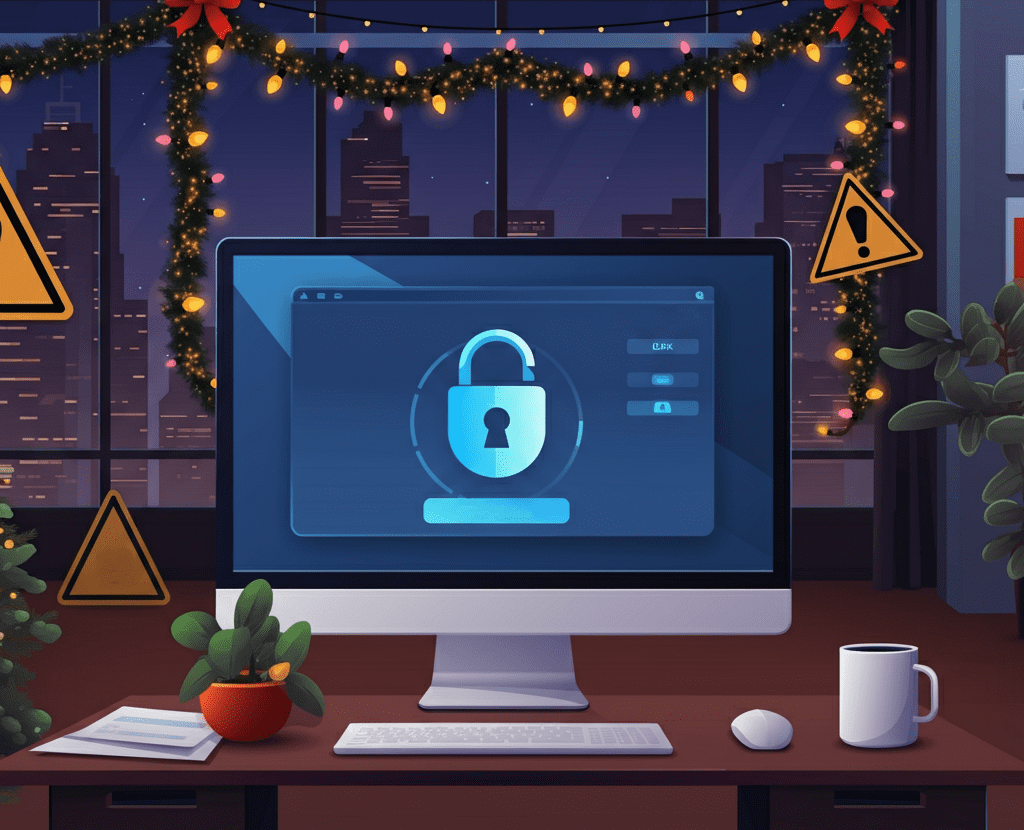
Imagine getting a sudden email from your boss asking you to send money, or a text from your bank telling you to click a link to fix your account. These messages might look real, but they could be fake. This trick is called phishing, and it is one of the most common ways hackers steal information. It targets people’s trust, not just their computers. Knowing about phishing is very important for everyone, especially anyone who uses email, texts, or the internet at work or at home.
In this article, you’ll learn what phishing is, the main types of phishing attacks, some real examples, how to protect yourself, and what IT teams do to help keep us safe.
What is Phishing and How Does It Work?

Phishing is when a cybercriminal pretends to be someone you trust, like your bank or a coworker, to try to get your personal information. This could be your password, credit card number, or other private details. After a hacker tricks you into giving up this information, they can use it to steal money, break into accounts, or even pretend to be you.
Here’s how a phishing attack usually happens:
- The Trap: The hacker sends you a message (like an email or text) that looks like it’s from a real company or person.
- The Urgency: The message tries to make you feel rushed, scared, or curious. Maybe it says your account will be closed, or you need to do something fast.
- The Trick: The hacker wants you to click a link, open a file, or type in personal info. If you do, they get what they want.
Common Types of Phishing Attacks
Not all phishing attacks are the same. Here are the most common types:
Email Phishing
This is the type you probably know best. The hacker sends out lots of fake emails, hoping that just a few people will click the links or open the files. These emails might look like a message from PayPal, Microsoft, or even a delivery service. They often ask you to reset your password or check a fake order.

Spear Phishing
In spear phishing, hackers focus on one person or company. They find information about you from the internet and use it to make their message seem more real. For example, they may use your boss’s name or talk about a project you’re working on. Because these emails feel more personal, more people fall for them.
Smishing (SMS Phishing)
Phishing doesn’t just happen in emails. Smishing is when hackers send fake texts to your phone. The text might say your bank account is locked or you have a delivery. It often includes a link. The small size of texts makes it hard to spot mistakes or fake links.
Vishing (Voice Phishing)
Vishing happens over the phone. A hacker calls you, pretending to be from your bank or another trusted group. They might say you owe money or there’s a problem with your computer. Since you’re talking to a real person, it can be very convincing.
Real-World Examples of Phishing
Phishing isn’t just a small problem—it can cause serious trouble.
 In 2020, someone tricked a Twitter employee with a spear phishing attack. Hackers got into Twitter’s systems and took over famous accounts, like Barack Obama and Elon Musk. They sent out fake tweets to scam people into sending them money.
In 2020, someone tricked a Twitter employee with a spear phishing attack. Hackers got into Twitter’s systems and took over famous accounts, like Barack Obama and Elon Musk. They sent out fake tweets to scam people into sending them money.
In another case in 2016, a worker for the Democratic National Committee got a fake email that looked like a Google alert. He clicked the link and entered his password. Hackers then got access to thousands of emails and caused a lot of damage during the U.S. election.
How to Protect Yourself and Your Organization
Fighting phishing takes both smart technology and smart people. Here are some things everyone can do:
Tips for Individuals
- Think Before You Click: Don’t click on any link or open any file in a message you didn’t expect, even if it looks official.
 Check the Sender: Look closely at the email address. Fake emails might use names that are slightly off, like “micros0ft.com” instead of “microsoft.com.”
Check the Sender: Look closely at the email address. Fake emails might use names that are slightly off, like “micros0ft.com” instead of “microsoft.com.”- Watch for Red Flags: Bad grammar, spelling mistakes, or odd greetings like “Dear Customer” are warning signs.
- Verify Requests: If you’re unsure, call the company using a phone number you find yourself, not one in the message.
- Use Multi-Factor Authentication (MFA): This means you need more than just a password to get into your account, like a code sent to your phone. It makes it much harder for hackers.
Best Practices for Organizations
- Email Filters: Use tools that block phishing emails and warn users about threats.
- Strong Passwords and MFA: Make sure everyone uses strong passwords and has MFA turned on.
- Train Employees: Teach everyone how to spot phishing. Run practice “phishing tests” to see if workers fall for fake emails.
- Easy Reporting: Make sure it’s easy for people to report suspicious messages. This can help IT stop attacks fast.
The Role of IT Professionals in Stopping Phishing
 IT workers are key to keeping everyone safe from phishing. They set up the best email filters and security programs. If a phishing attack happens, they work fast to find out what went wrong, fix problems, and protect important data. They also lead training and reminders, helping everyone learn about the newest tricks hackers use. Contact Absolute Technology Solutions if you find you need this assistance!
IT workers are key to keeping everyone safe from phishing. They set up the best email filters and security programs. If a phishing attack happens, they work fast to find out what went wrong, fix problems, and protect important data. They also lead training and reminders, helping everyone learn about the newest tricks hackers use. Contact Absolute Technology Solutions if you find you need this assistance!
The best defense is teamwork—when everyone helps watch for phishing, it’s much harder for hackers to succeed. Stay alert, protect your information, and help others do the same!
Share this Post
 Check the Sender:
Check the Sender:




